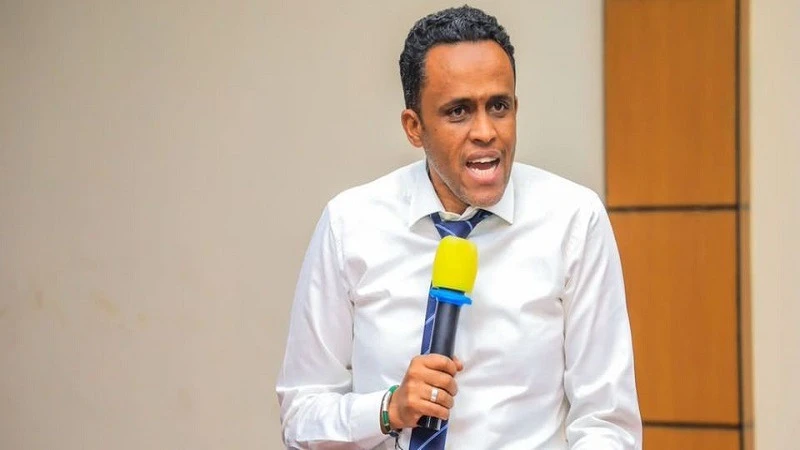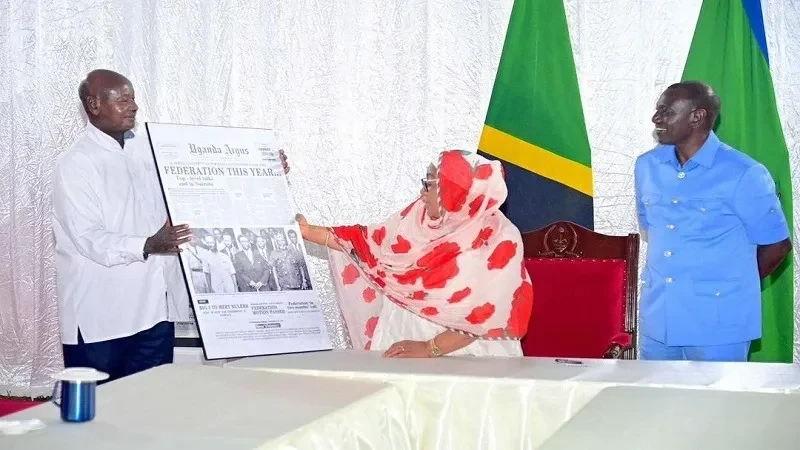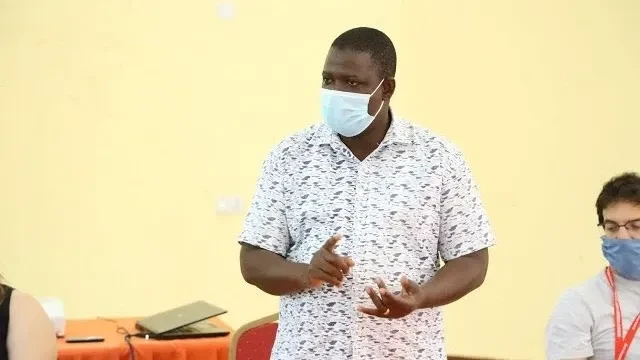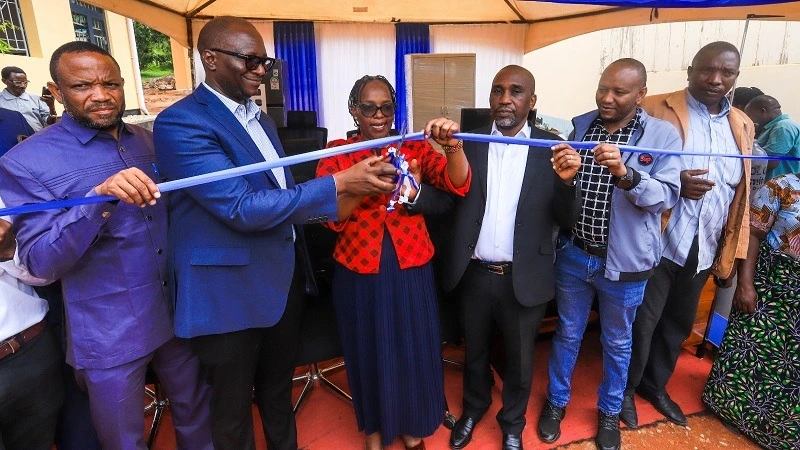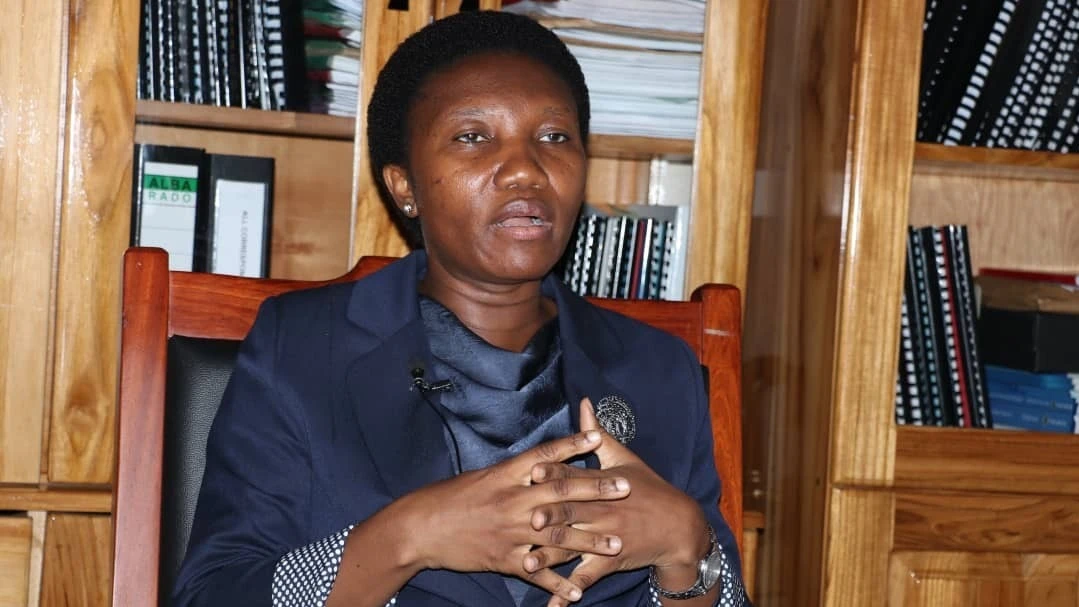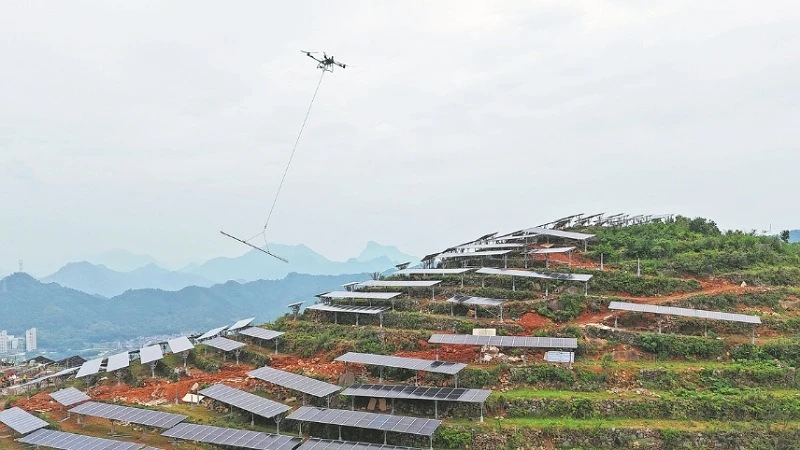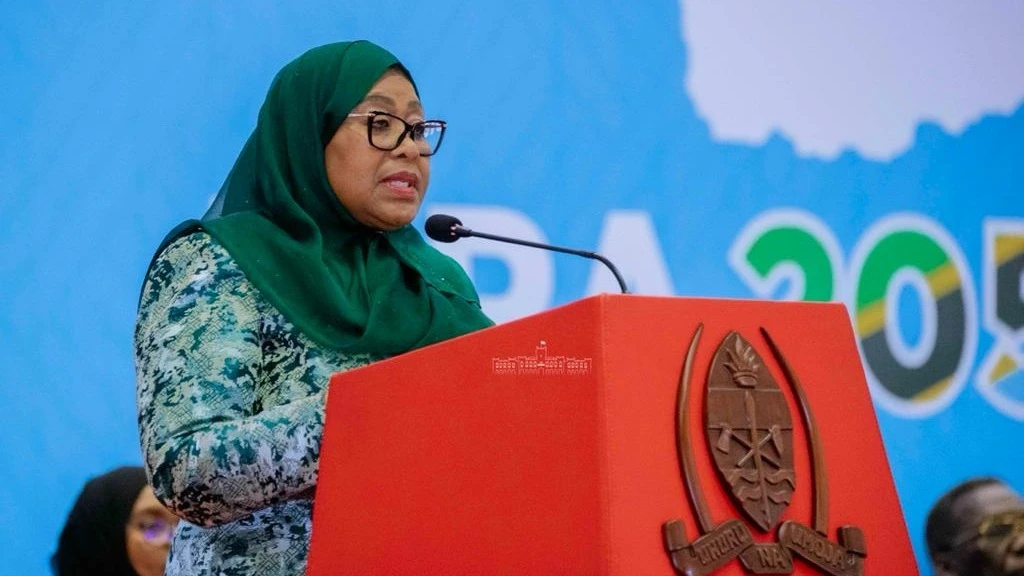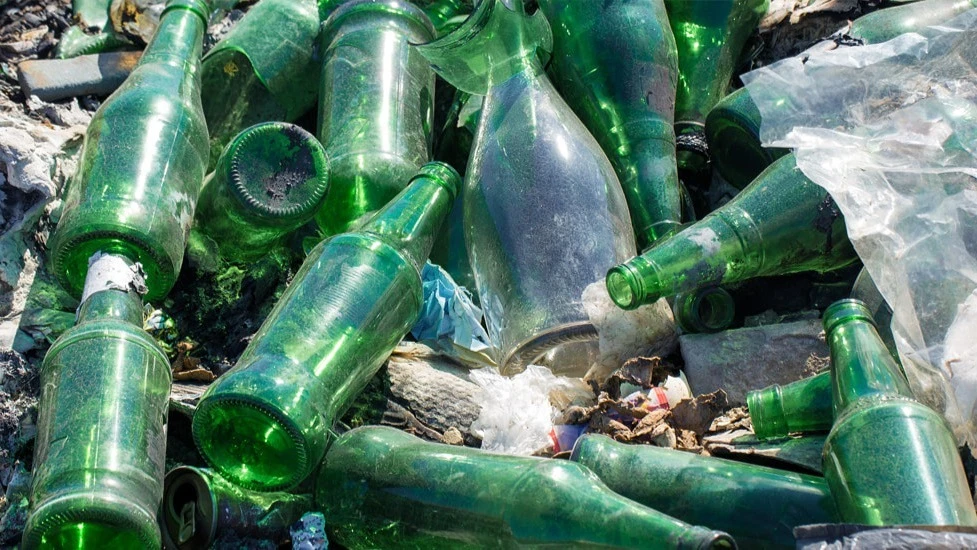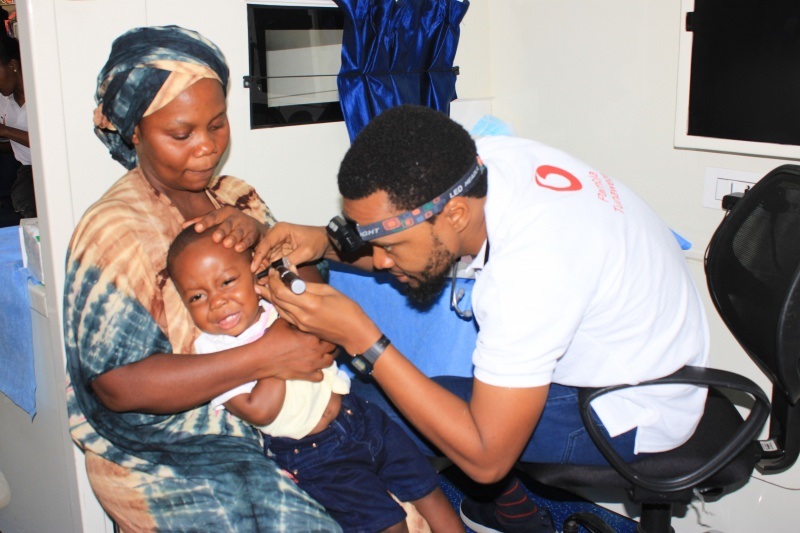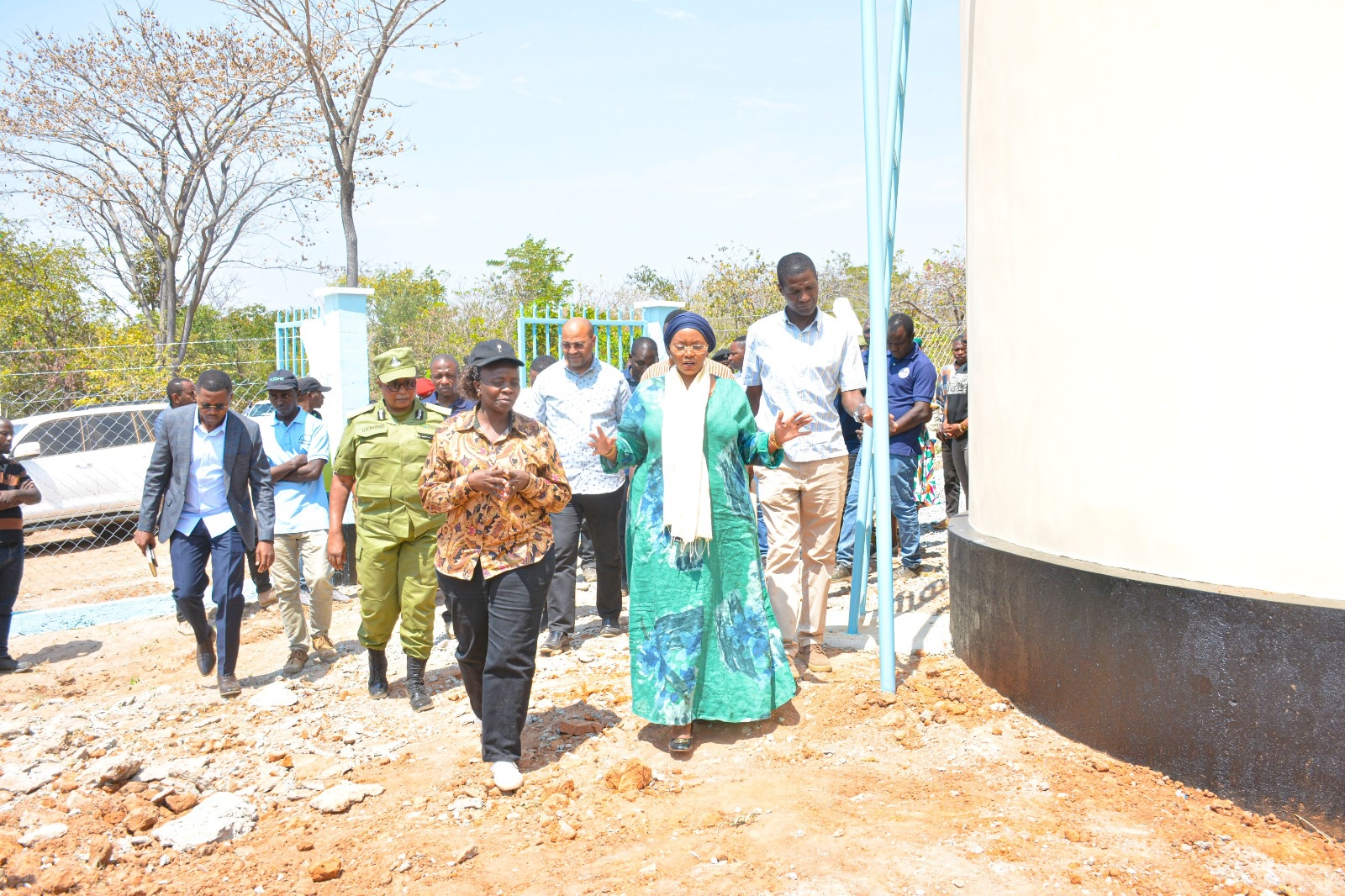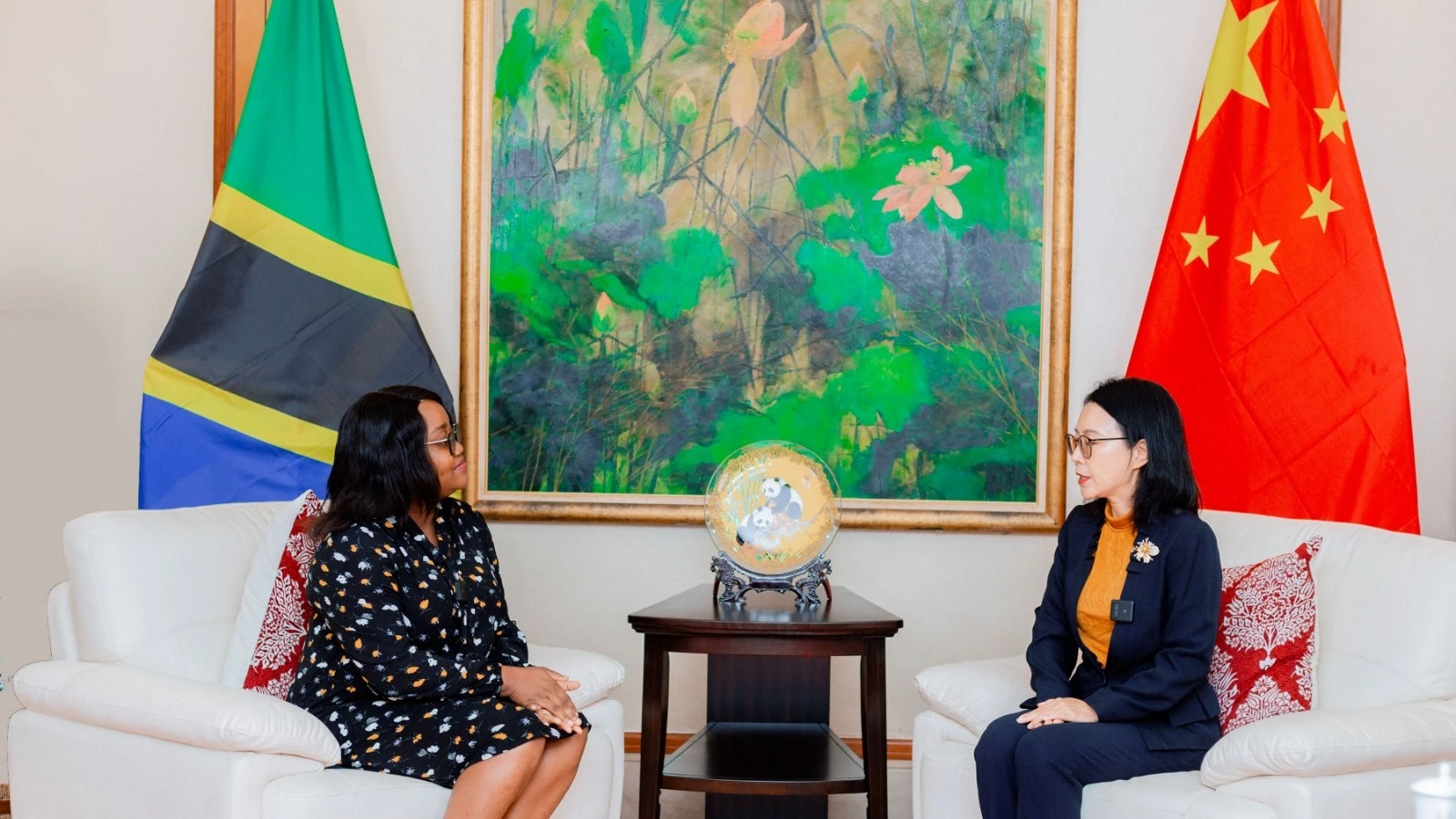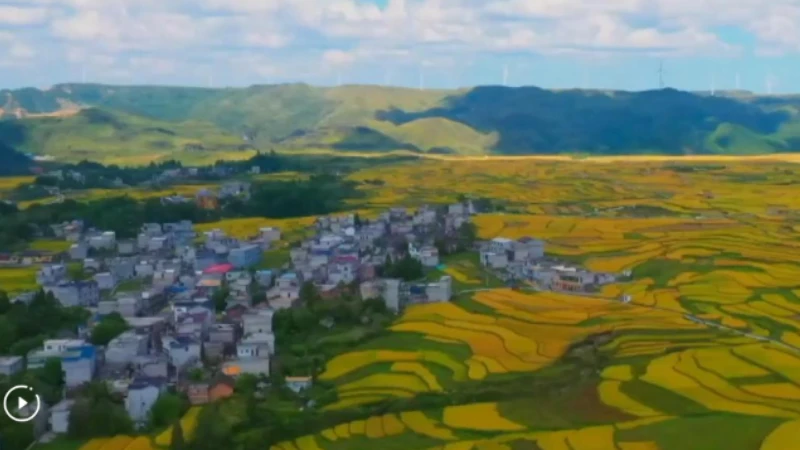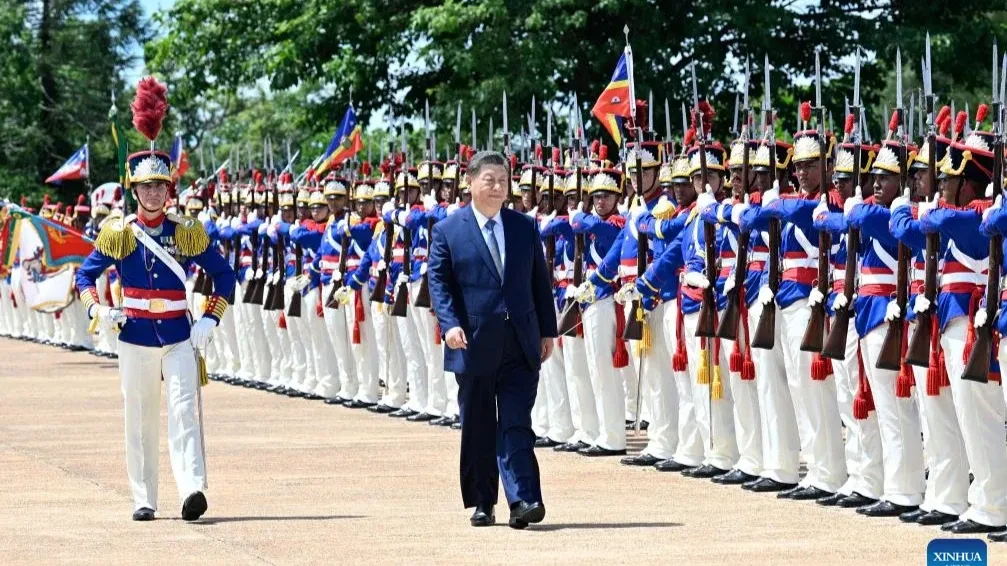TAWA unveils self-reliance plan, at 189bn/- in earnings
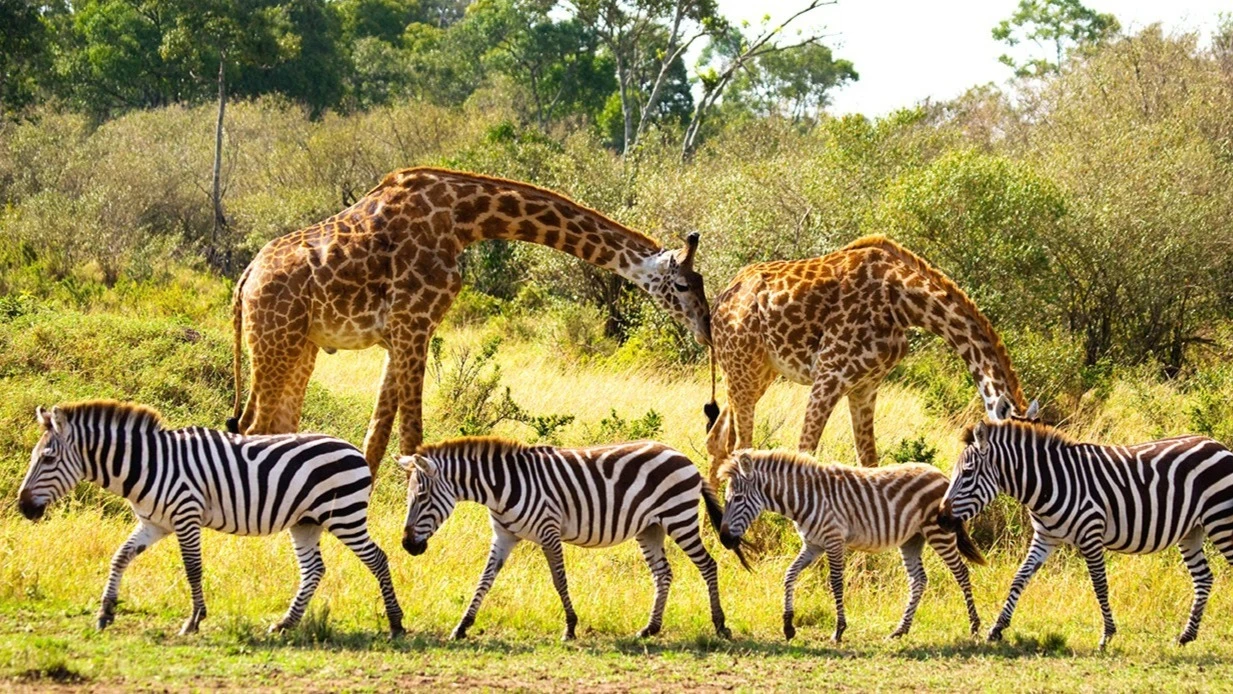
THE Tanzania Wildlife Management Authority (TAWA) has prepared a five-year revenue strategy (2025–2030) aimed at enabling full self-reliance starting fiscal 2027/28 by raising its earnings to 189bn/-.
Mlage Kabange, the TAWA acting CEO, said yesterday that this projection includes initiatives like improving tourism infrastructure, introducing new tourism products and enhancing existing revenue sources.
The entity’s board is finalising plans to establish the Zanzibar Wildlife Park in Jambiani Muyuni Forest, South Unguja District, intended to serve domestic and international tourists, and likely to generate up to 5.0bn/- annually, he said.
However, despite these efforts, challenges remain particularly delays in receiving development funds as TAWA currently relies entirely on government allocations, he stated, urging the government to allow TAWA to collect and utilise revenues in areas it administers.
This needs to start with the mid-term review later in December, evaluating revenue performance for the first half of the current financial year. Autonomy will help the agency to meet self-reliance goals through improved tourism infrastructure, aggressive marketing and attracting more investors, he stated.
In recent years TAWA revenue has significantly increased since the start of implementation of the special wildlife investment concession areas (SWICA) model, as in fiscal 2024/25 earnings grew from 55bn/- to 87.12bn/-, a 158.2 percent change, he stated.
Zahir Mulla, chairman of Uhusiano public relations firm, expressed gratitude to the government and TAWA for being asked to oversee the substantial national project.
“We are committed to upholding the highest standards and ensuring that this investment delivers value to the nation and the communities living near the protected areas, “ he said, alluding to the result where the government signed four strategic investment agreements under the model, expected to generate $281.5m (719bn/-) over a 20 year period.
The contracts, covering Burko open area in Monduli (Arusha Region) and three blocks within the Selous Game Reserve (MHJ1, MHJ2, and ML1 in Liwale, Lindi Region) are aimed at boosting conservation efforts while unlocking the economic potential of the country’s protected areas.
The Selous ecosystem is one among seven local ecosystems hosting a range of animals suitable for game hunting, where the public relations firm stepped forward to secure rights in hunting and photographic tourism.
Dr. Pindi Chana, the Natural Resources Tourism, minister, said at the signing event that residents of villages surrounding Selous Game Reserve are expected to gain employment and benefit from development projects designed by the communities themselves.
"This investment is a practical translation of the National Development Vision 2025–2050, to make Tanzania a leading tourist destination in Africa and one of the top three African countries with a conducive investment and business environment, “she stated.
The minister recalled that back in January the ministry set out its achievements under the 2020–2025 Vision roadmap, using $506 to signify the target of reaching five million tourists and $6bn in revenue by December 2025.
"We have already surpassed the tourist target, reaching $5.3 million visitors, and have so far collected $4bn,” she elaborated on the mitigated result.
She commended TAWA for their efforts in developing new sources of revenue and attracting investors to invest, affirming that the government is working to create an enabling environment to facilitate such operations.
Rajab Semfuko, the TAWA chairman, said the signing of four investment agreements under the SWICA framework reflects major transformation in managing the conservation areas, driven by creativity and professionalism in identifying new revenue streams while implementing the government’s strategies.
Top Headlines
© 2025 IPPMEDIA.COM. ALL RIGHTS RESERVED


